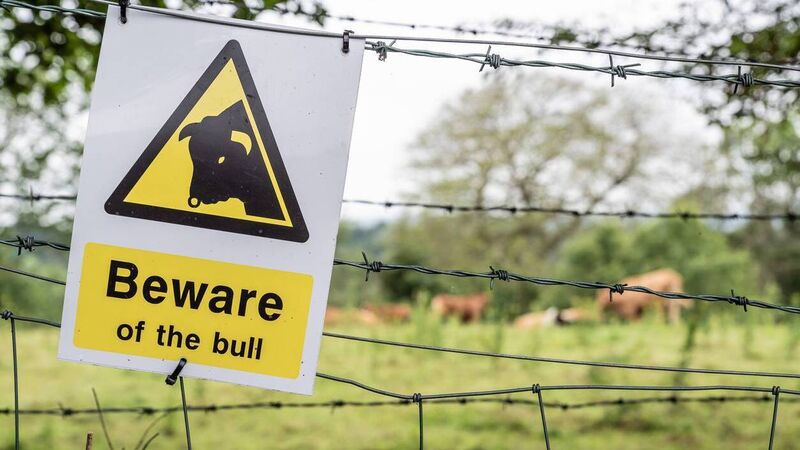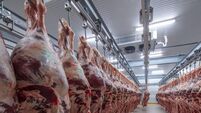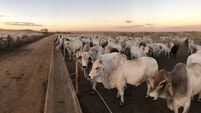Brian Reidy: Pre-breeding management can make all the difference in conception rates

If you are buying a new bull for the coming breeding season, try to get him on-farm well in advance of putting him to work.
April has started out in a very harsh manner, with grass growth slow to take off. Cold and rain are no good for grass growth and most are reporting less than 20kg per day.
Care must be taken that you don’t finish the first round of grazing too soon, as the paddocks grazed at the start of the season don’t have enough to go back into them yet.











